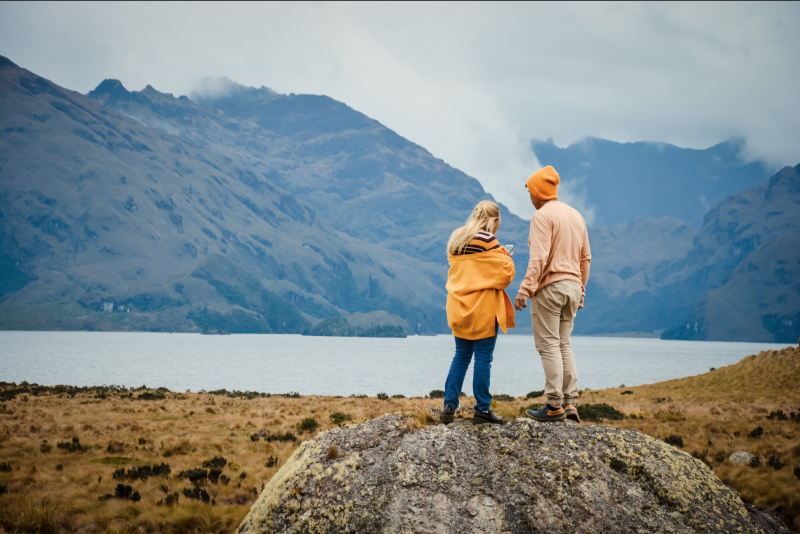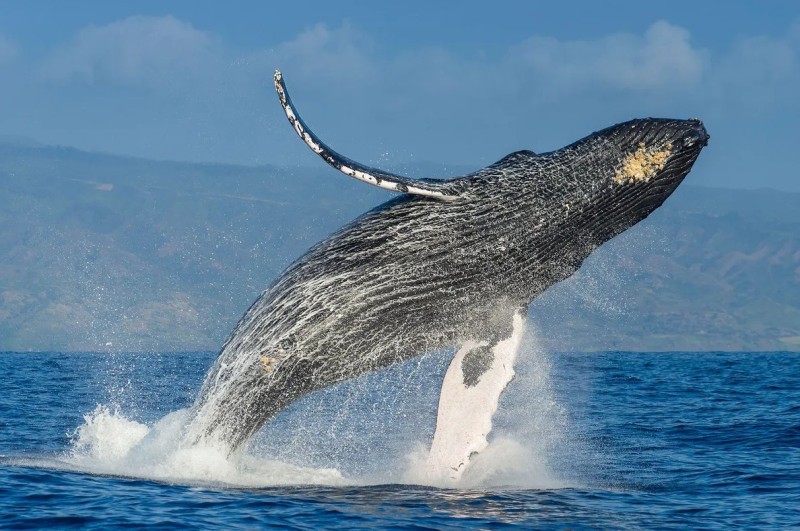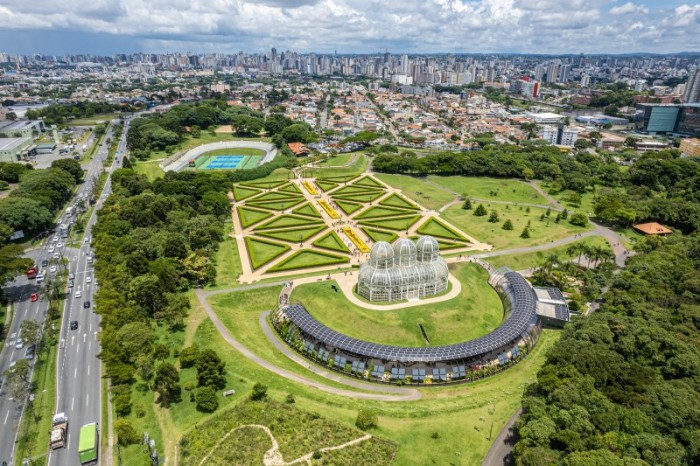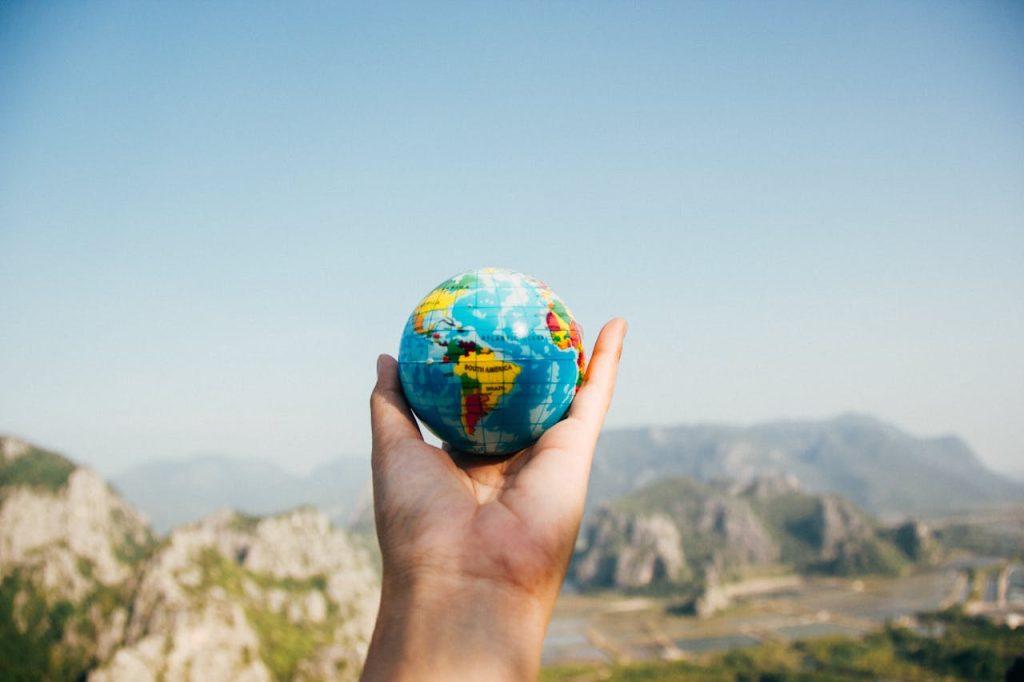Ecuador’s natural environment has an impressive biodiversity, no matter where you are. There are 70 protected marine and terrestrial areas in its four regions, which account for almost 20% of the territory and are home to all kinds of animal and plant species, many of which are unique on the planet.
Here are 10 protected areas that you must visit in Ecuador:
1. SANGAY NATIONAL PARK
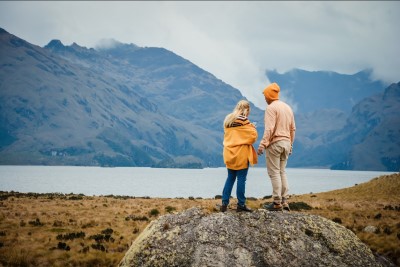
Its main attractions are 3 volcanoes, 2 of which are active, Sangay, Altar and Tungurahua, an infinite number of lagoons with amazing stories, such as the one where hundreds of birds come to die, and an enormous biodiversity. Because of its geography and extraordinary nature, UNESCO declared it a World Natural Heritage Site in 1983. The mountains and highlands are inhabited by the descendants of the Cañari and Puruhá peoples, and in the jungle area are the territories of the Shuar community. During your visit, you will be able to admire a section of the Qhapac Ñan, pre-Inca and pre-Columbian remains, the Ozogoche, Culebrillas and Altar lagoons, the Ingapirca ruins or the Arrayanes forest.
Location: Cañar, Chimborazo, Morona Santiago and Tungurahua
Activities: photography, canoeing and jungle excursions
2. CAYAMBE-COCA NATIONAL PARK
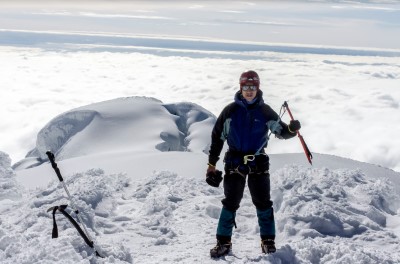
You will have the privilege of passing in a few hours from the highest areas of the eastern cordillera to the Amazon plain and, during this trip, you can enjoy fascinating experiences such as relaxing in the thermal waters of Papallacta and Oyacachi, climbing peaks such as Cayambe, Saraurco or Cerro Punta, getting to know the indigenous populations of the Andes and the Amazon, and visiting towns such as Baeza, El Chaco and Lumbaqui. In each of these areas you will be able to observe different animals such as condors, spectacled bears, wolves, macaws, parrots, toucans, tapirs, monkeys and many more.
Locations: Imbabura, Napo, Pichincha and Sucumbíos
Activities: photography, hiking, jungle trekking, cycling, horse riding, mountaineering and camping
3. LIMONCOCHA BIOLOGICAL RESERVE
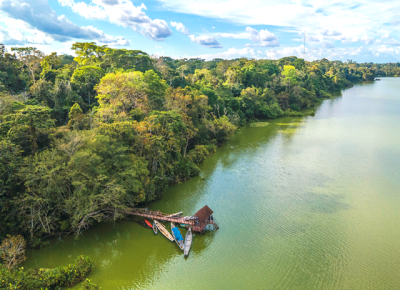
The reserve mainly protects the Limoncocha and Yanacocha lagoons, wetlands, swamps and tropical forests. It is home to a wide variety of species, including waterfowl, which is why it is listed under the Ramsar Convention (Wetlands of International Importance). The surrounding area is home to the Kichwa indigenous people who practice agriculture, hunting and fishing. Limoncocha means “green waters” and Yanacocha means “black waters”. In its waters and banks are 144 species of birds, 55 mammals, 39 reptiles, 53 amphibians and 93 fish. Visit the islands and beaches of the Napo River and the Museum of the Cultural Research Centre of the Ecuadorian Amazon, where you can learn more about the Siona, Secoya, Cofán and Waorani communities.
Location: Sucumbíos
Activities: photography, canoeing and jungle excursions
4. LLANGANATES NATIONAL PARK
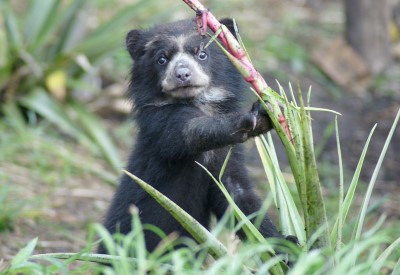
The Llanganates are covered by a mysterious halo, not only because of the irregular terrain and the constant fog that covers it, but also because of the legend of the treasure of Atahualpa. Amidst its slopes, rivers and lagoons, you can walk and enjoy a wonderful landscape, where Amazonian rivers are born, where rabbits, deer, spectacled bears, moorland wolves and condors live, and where more than 800 species of plants such as orchids, sunfoils and frailejones can be found. The national park is also home to the Pisayambo lagoon, Cerro Hermoso, Qhapac Ñan and natural spots suitable for sport fishing, rafting and kayaking.
Location: Cotopaxi, Napo, Pastaza and Tungurahua
Activities: photography, hiking, jungle trekking, cycling, horse riding, mountaineering
5. PODOCARPUS NATIONAL PARK
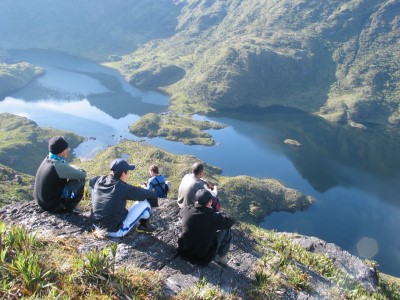
The park is located in an area of high biodiversity and endemism in southern Ecuador, important for the conservation of species. There are moorlands, cloud forests. It is estimated that there are nearly 4,000 species of plants, including a wide variety of orchids. The national park is home to pumas, spectacled bears, deer, wolves, monkeys, frogs, roosters, parrots, hummingbirds, toucans and many more. During your visit, you should visit the Compadre lagoons, an ideal place for sport fishing and adventure, the Bombuscaro interpretation centre and the Cerro Toledo observation point. You can also meet Kichwa, Saraguro and Shuar communities.
Location: Loja, Zamora Chinchipe
Activities: photography, hiking, jungle excursions, cycling, horse riding and camping
6. EL ÁNGEL ECOLOGICAL RESERVE
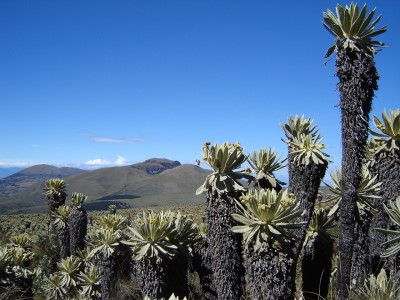
The reserve is located in the northwest of the country, in the province of Carchi, on the border with Colombia. Its landscape is sculpted by volcanoes and glaciers, where páramo grasses, espeletias and countless plants and animals adapted to tropical altitudes grow without any problems. The reserve also protects the sources of many rivers such as Potrerillos, Rasococha, Chilmá, Grande, Santiaguillo and Voladero. More than 250 species of plants have been recorded in the reserve, where the espeletia stand out for their particular shapes that cover the moor. In addition, there are several lagoons and swamps such as El Voladero, Yanacocha, Crespo or Las Verde. Also, for those who love climbing, the Chiles volcano is the ideal place for adventure.
Location: Carchi
Activities: photography, hiking, biking, horse riding and camping
7. PASOCHOA WILDLIFE REFUGE
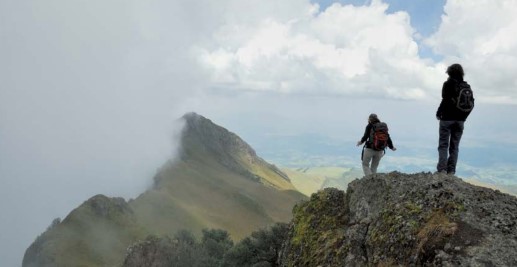
This natural refuge protects a unique part of the forest in the inter-Andean alley. It is possible to make extreme adventure excursions but also quiet walks along its 6 trails to appreciate the Andean biodiversity. The area is home to pumas, deer, moorland wolves, mice, possums, rabbits and birds such as the hummingbird. There are also several species of orchids, myrtles and the famous paper trees. In addition, you can climb the rocky Pasochoa volcano or hike on comfortable and well-marked trails, and for the more adventurous spend the night at the campsite.
Location: Pichincha
Activities: photography, hiking, camping
8. EL MORRO MANGROVE WILDLIFE REFUGE
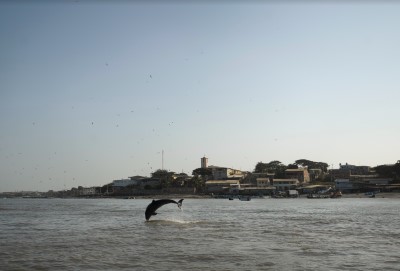
Although there are mangroves in all the estuaries of the coast, each area has its own characteristics. The 4 types of mangroves found in this protected area are more influenced by the salty waters of the Pacific Ocean. The refuge is located in the north of the Gulf of Guayaquil, close to Puná Island, where the El Morro estuary begins. In the waters of the channel there is a large population of dolphins that usually accompany the boats that travel through the channels. It is possible to stay in the community huts of Puerto El Morro.
Location: Guayas
Activities: photography, canoeing, swimming and snorkelling
9. ARENILLAS ECOLOGICAL RESERVE
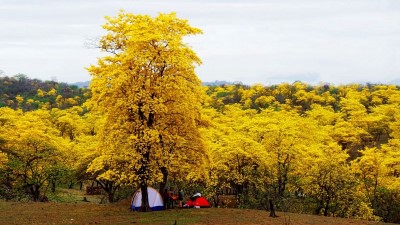
This is the area that protects the driest maquis in Ecuador, as well as the mangrove forests. Its levels of endemism are as impressive as its biodiversity. You can go for walks to observe an incredible flora, including forests that, in addition to losing their leaves during the dry season, bloom at certain times of the year, flooding the panorama with yellow or pink colours, as is the case with the guayacanes. You can also observe birds, mammals, reptiles and amphibians, such as the endemic Tumbes toad.
Location: El Oro
Activities: Photography, cycling and jungle excursions
10. MANGLARES CAYAPAS -MATAJE ECOLOGICAL RESERVE
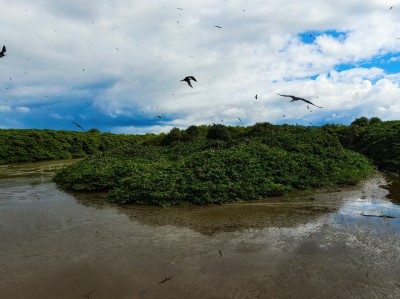
The reserve protects the mangroves that grow in the estuary formed by the Cayapas and Mataje rivers, in the north of the province of Esmeraldas, preserving both the great biodiversity that exists and the age-old traditions of the surrounding communities and ancestral towns. In this area, one can observe mangrove trees reaching up to 60 metres in height, which are considered the largest in the world. They probably thrive here because of the abundance of nutrients and the existence of a very stable climate, as throughout the year there is little variation in temperature. Plants and animals are used to living in this mixture of fresh and salt water.
Location: Esmeraldas
Activities: photography, hiking, canoeing, snorkelling, swimming
Source: Ecuador Travel

